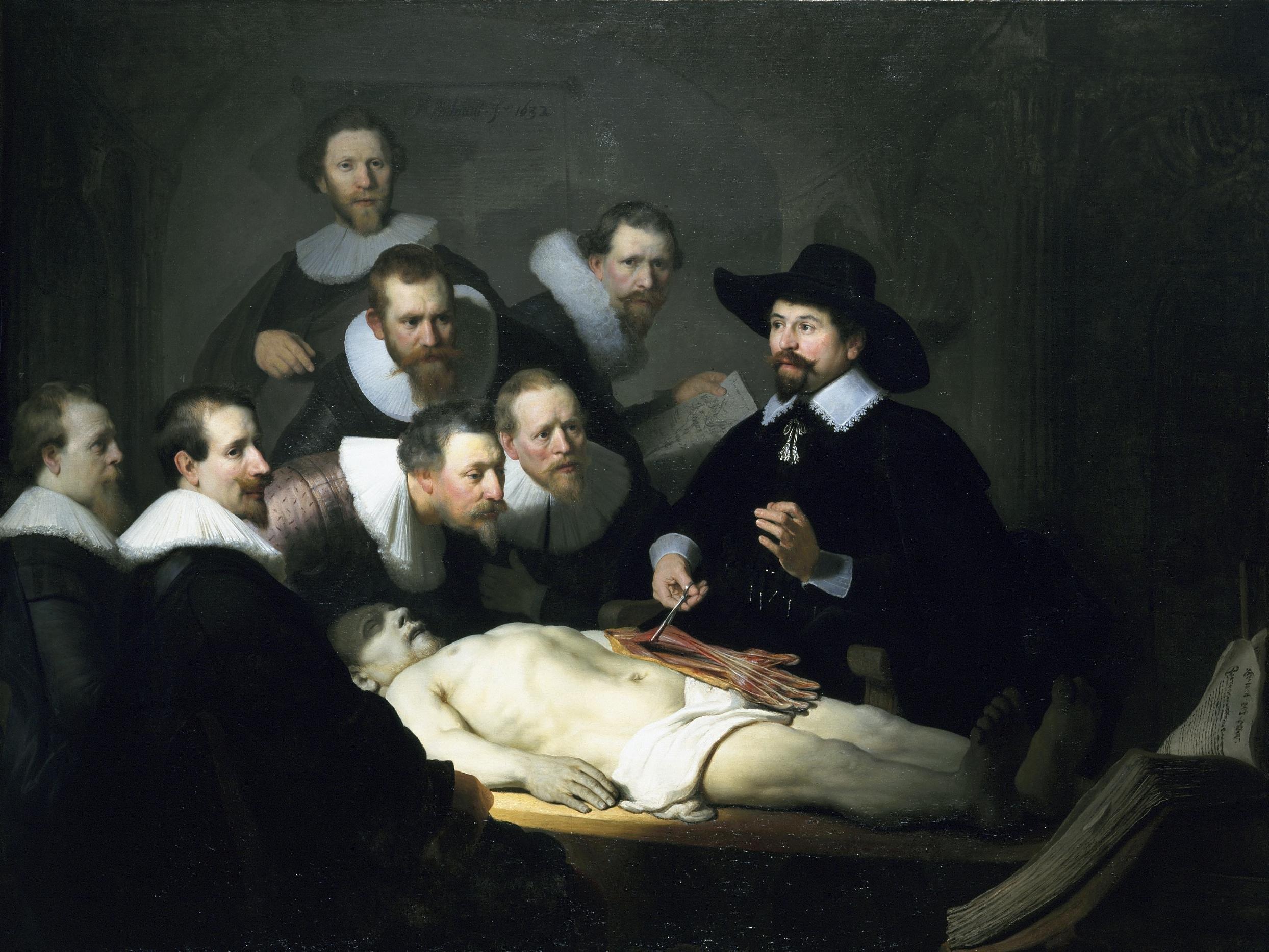Every year, the Townsend Center for the Humanities invites a cultural icon to campus as the Avenali Chair in the Humanities, and every year, the Avenali Chair in the Humanities delivers a lecture. It’s an amazing opportunity to hear from fascinating individuals, but I found about this only because last year’s speaker was none other than Ursula K. Le Guin, queen of the universe (whose lecture is available here). This year, I went through the opposite process; I’d never heard of the lecturer, Lawrence Weschler, but I was immediately interested in the topic: Art and Science as Parallel and Divergent Ways of Knowing.
The speech, while unified in theme, was more like a collection of interesting thoughts than a coherent argument, but this might have been for the best. It was nothing less than a treat to watch a curious, energetic mind bounce from topic to topic, and Weschler has charisma to spare.

To him, the division between art and science isn’t entirely ‘natural’. They’re certainly different, but far from antithetical. We’re used to thinking of the divide between science and the humanities (including art) as a separation of essentials- science is fundamentally logical and rigorous on one side, while the arts are free-flowing and imaginative on the other. But there’s also no doubt that science is extremely visual; any student who’s ever taken a science course knows that a good illustration is worth more than a thousand words, especially if those words are confusing and long-winded. Even I admit this, and I love words. We’re regularly advised to draw things out, so that we can visualize how very small, abstract concepts, like a cell and its fantastic organization, could occupy 3D space. In a more metaphorical sense, ‘seeing’ is often synonymous with ‘understanding’. This has always been particularly true for science, even if we now divorce the two.
Historically speaking, this wasn’t always the case. Weschler spoke about one of the most famous intersections of art and science, Rembrandt’s Anatomy Lesson of Dr. Nicolaes Tulp. The painting depicts a famous anatomist lecturing for an audience (apparently, dissections were so popular in the 1600s that they lectured in packed auditoriums). Weschler was more interested in the spectators than Dr. Tulp himself- their expressions of intent interest, even awe as they compare the dissected, dead hand on the slab and the living hand of their teacher, who demonstrates its amazing versatility- the versatility that is necessary for art. Rembrandt’s work is visually and technically pleasing, but the subject itself is also an aesthetic moment- a realization of the beauty in mechanics.

Of course, art and science can be connected without being the same, and there a lot of obvious, fundamental ways in which they differ. But I had never really considered the aspect that Weschler brought up: the role of mistakes. In the scientific process, everything is documented, in order to give a rigorous statement of exactly what happened, how and why- even if what happened was not what the experimenter intended. In that sense, the scientific method has a definite logic, external to the thought process of any one individual scientist. Anyone should be able to look at the paper and understand exactly how that scientist arrived at the result, even reproduce it, if they like.
This is hardly the case in art. Look at a great painting, especially if you’re not an artist yourself, and there will be no indication as to how or where the artist started, and how they ended up with the final masterpiece. As Weschler pointed out, if you ask the artist, she will have very little to tell you about the individual steps of painting. She just did whatever was reasonable, in her eyes, at the time, according to her own metric of what she wanted the painting to look like. She leaves no trace of her steps, because any stroke she doesn’t like is simply painted away. Painting isn’t logical in the way that science is, because it doesn’t allow the viewer to share in the creative process of the artist. But that doesn’t mean that it’s irrational or guided wholly by instinct, as some people might think.
In both cases, there is a very deliberate and careful thought process- both need creativity, and both need precision. The results can be beautiful, even more so if they’re combined. The anatomical and allegorical engravings of Vesalius are one of the best examples of this, although there are many others- check them out yourself, if you’re not convinced!

SOURCES
Avenali Lectures (Doreen B. Townsend Center for the Humanities) home page
Avenali Lecture Videos (Weschler’s to be added)
Lawrence Weschler’s website
3 responses to “The Art of Science and the Science of Art”
Nicely put. Art and science CAN coexist. Isn’t it beautiful when two seemingly disparate concepts relate to one another?
You really make it seem so easy with your presentation but I find this matter to
bbe reallyy something which I thonk I would never understand.
It seems too complex and very broad forr me. I’m looking forward for your next post, I will try
tto get the hang of it!
It’s really a cool and helpful piece of info. I’m glad that you shared this helpful information with us.
Please keep us informed like this. Thanks foor sharing.